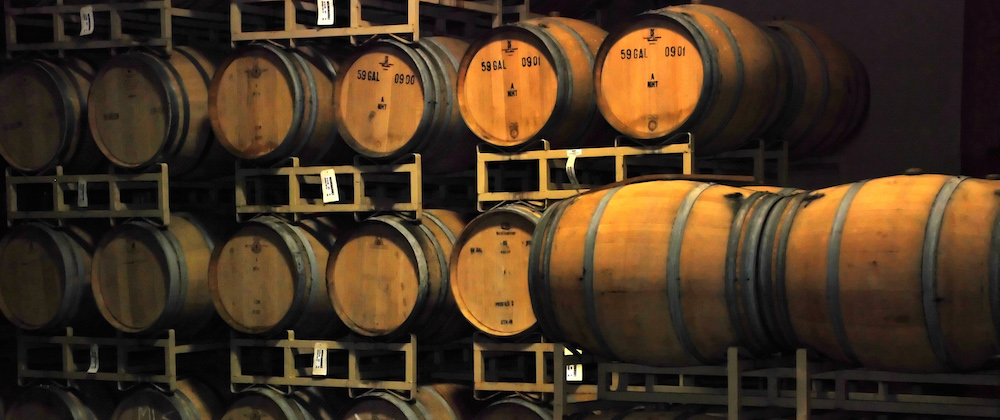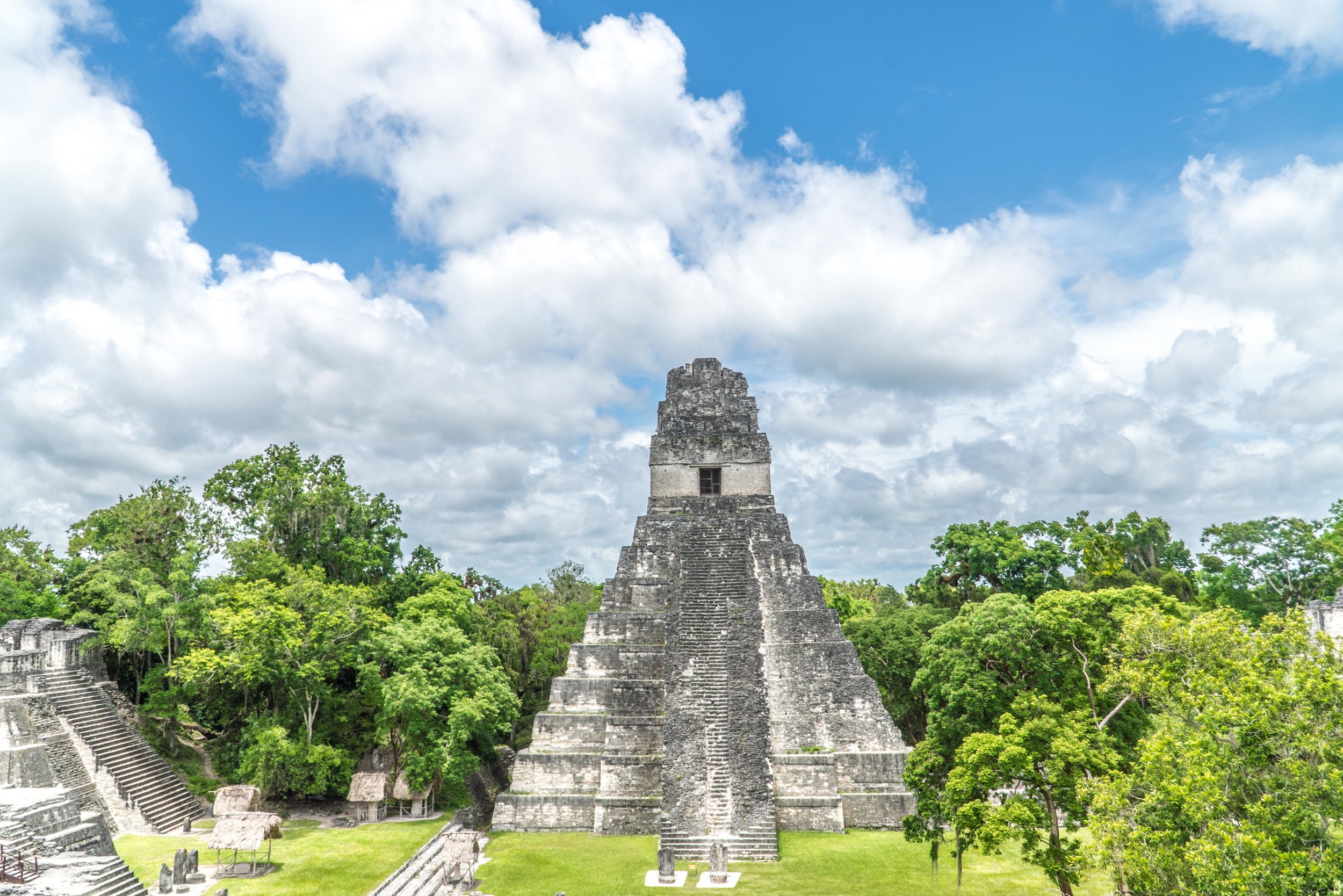Adventures in learning to barrel-age my own whiskey
Y’all, I feel like I’ve graduated from common imbiber to mad scientist. No, I’m not distilling my own booze (since that’d be illegal without a permit), but the last few weeks have seen me experimenting with barrel-aged spirits and cocktails (beaker, funnel, and all). But now with several different barrels and on-going concoctions, I think I’ve moved beyond just an experiment of barrel-aged spirits.
Barrel-aged spirits are no new trend, especially in America, where the aging of distilled spirits is about as old as the nation itself. Elijah Craig (of whom the well-known bourbon is named after) has often been credited as being the first to age booze in charred oak casks, founding a distillery in 1789, just a little over a decade after America gained independence. It’s been the last few years, however, that many cocktail bars have been doing smaller variations of this with cocktails. That can largely be attributed to U.S. bartender Jeffrey Morgenthaler, inspired on a visit to London by Tony Conigliaro, who was aging cocktails in glass vessels.
However, you probably don’t just have charred oak barrels lying around your home. Even still, it’s more accessible than ever to barrel-age your own spirits. This is largely thanks in part to greater accessibility to miniature oak barrels, many of which you can even order online, which is what I did. You can find a 1- or 2-liter oak barrel (immediately ready for barrel-aging) for as low as $30 online.
The upside to mini barrels like this is that in mere weeks you can get the colors, complexities, and flavors from a spirit that it would take years to do in a standard barrel. That’s largely because you have so much more surface area per volume that the spirit is coming into contact with.
But first things first, before you even buy any barrels, figure out first what you want to age, and how much you plan on aging. The world’s your oyster for what you could barrel-age, including whiskey, of course, but other spirits and food products that include tequila, rum, gin, vanilla, cocktails, maple syrup, and vinegar. But since this is Whiskey Tango Globetrot, of course I wanted to begin with whiskey, so I decided that my initial project would be aged whiskey and an aged Manhattan cocktail.
I ended up choosing two-liter, medium char barrels from Oak Barrels, Ltd. for a couple of different reasons. First of all, they were about the same price as the one-litter barrels. Additionally, due to a lot of reasons, including humidity and temperature, you will always lose a percentage of the liquid that goes into the barrel because of evaporation, what’s dubbed “angel’s share.” Thus I wanted at least a bottle, if not more, when finishing my first aging project.
Below is my guide to barrel-aging your own spirits and a little bit about what I've learned along the way.
Prepping your oak barrel
When you first get your oak barrel, you’ll obviously want to go ahead and put some juice in there. But that’s not what you’ll actually first do. You’ll first rinse it out until it pours clear to get any char and bits of wood that may have fallen into the barrel. Next, you’ll want to swell the barrel by inserting the spigot, filling your barrel with water, and then securing the bung/cork in place. You’ll keep the water in it for at least 24 hours, but sometimes longer, until there are no leaks (for me, it was 24 hours for 1 barrel, and a couple additional days for another). From here, I recommend always keeping your barrel filled with liquid, or you may have to repeat the swelling process.
Aging spirits in your oak barrel
Now the magic happens. As I mentioned, I wanted to age whiskey, so I started with a little more than two bottles of 90-proof white whiskey (a.k.a. moonshine). I made sure the spigot was closed and then added the whiskey (using a funnel) until it was almost full. I secured the bung (could there not be a better name for this than “bung”?) and then waited for a little bit. I tested it after a few minutes, and then again after an hour, and there was no obvious change. What kind of a barrel was this anways? Just kidding. You really should give it a couple weeks until you start testing it, as it’ll take a little while for it to start showing noticeable changes in taste and flavor.
Generally speaking, the smaller the barrel, the less time it takes to age and have the complexities and flavors that you want. For a one-liter barrel, for example, you won’t likely be aging it for more than a few weeks, at least for spirits like whiskey. For spirits like gin or tequila, you may be aging for less since you’re probably not going for as dark of a spirit as whiskey. A 10- to 20-liter barrel will take months, but this is still much less than standard barrels, which take years to produce the same desired effects.
For my barrel, I saw noticeable effects in both color and flavor in just one month. DIY whiskey in one month?! Mind. Blown. Look at the photo above. Can you tell which one is the whiskey that’s been aged in a standard barrel for three years and which one is my whiskey aged for just one month?
Bottling your new barrel-aged spirits
Ultimately, there’s no right or wrong length of time for how long you age your spirits. Continue tasting it and when it’s to your liking, it’s probably ready to drink. Of course the longer you age it, the more whiskey you’ll lose to the angel’s share. However, when you find that it's really to your liking, I recommend first straining it through cheesecloth to remove any wood particles, char, and anything else that may have dropped into it while in the barrel. Then bottle it up and it’s ready to drink. Additionally, I’d recommend having something else ready to pour into your barrel so that you don’t have to re-swell it.
Additional barrel-aged spirits tips and info
Store your barrel in a cool, humid area. In other words, don’t store it in direct sunlight during the middle of summer. It’s in part why whiskey production has flourished in a humid destination like Kentucky, since higher humidity helps maintain those compounds that you want from a complex spirit. Science, as it would seem, proves this with an experiment showing that several years of maturation in Scotland is equal to one year in Kentucky.
You can typically use the same barrel several times. The downside is that each time you age a new spirit, the longer it’ll take the reach the desired effects. The upside is that it takes on the flavors and attributes of what was in the barrel previously.
Top off your barrel every one to two weeks. For a small, mini oak barrel like what we’re talking about, some people recommend topping it off every couple weeks since you lose some of that initial volume of whiskey. I didn’t do it, and many advise against it, but just be aware that the longer you do in fact age you whiskey for, the more you’ll lost to evaporation.
Generally speaking, however, you simply aren't going to achieve the same results of a 10-, 15, or 20-year-old whiskey. The expert master distillers have their reasons for using the barrels and methods that they use to produce complex whiskies. Even still, this is a great hobby to pick up, and will produce different results every time. Now to just wait for the completion of my first barrel-aged cocktail.
What are your favorite barrel-aged spirits?














